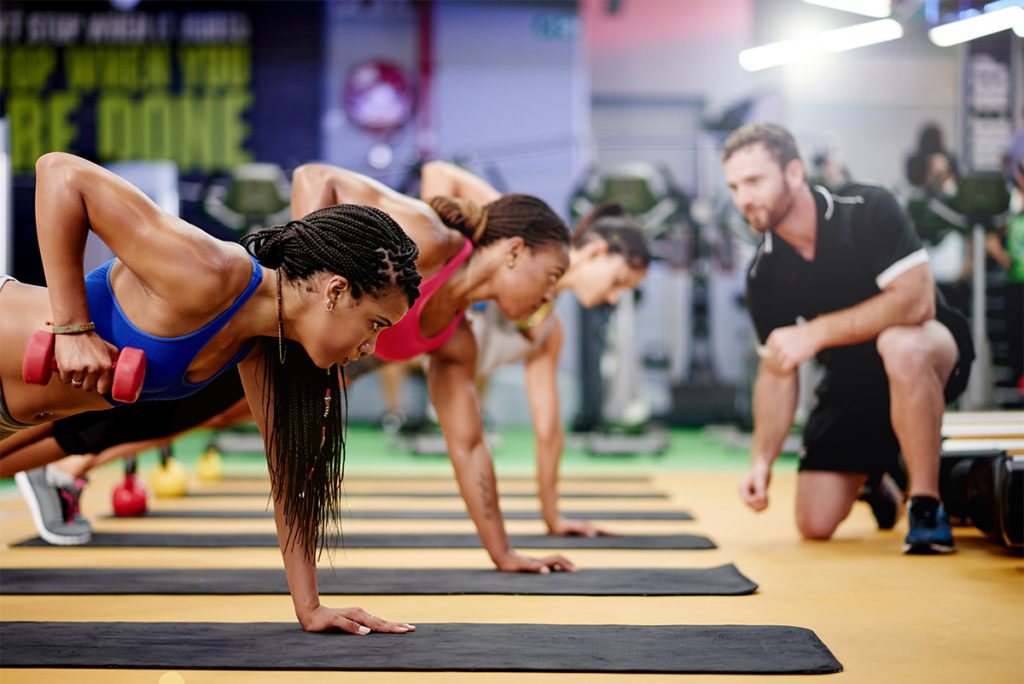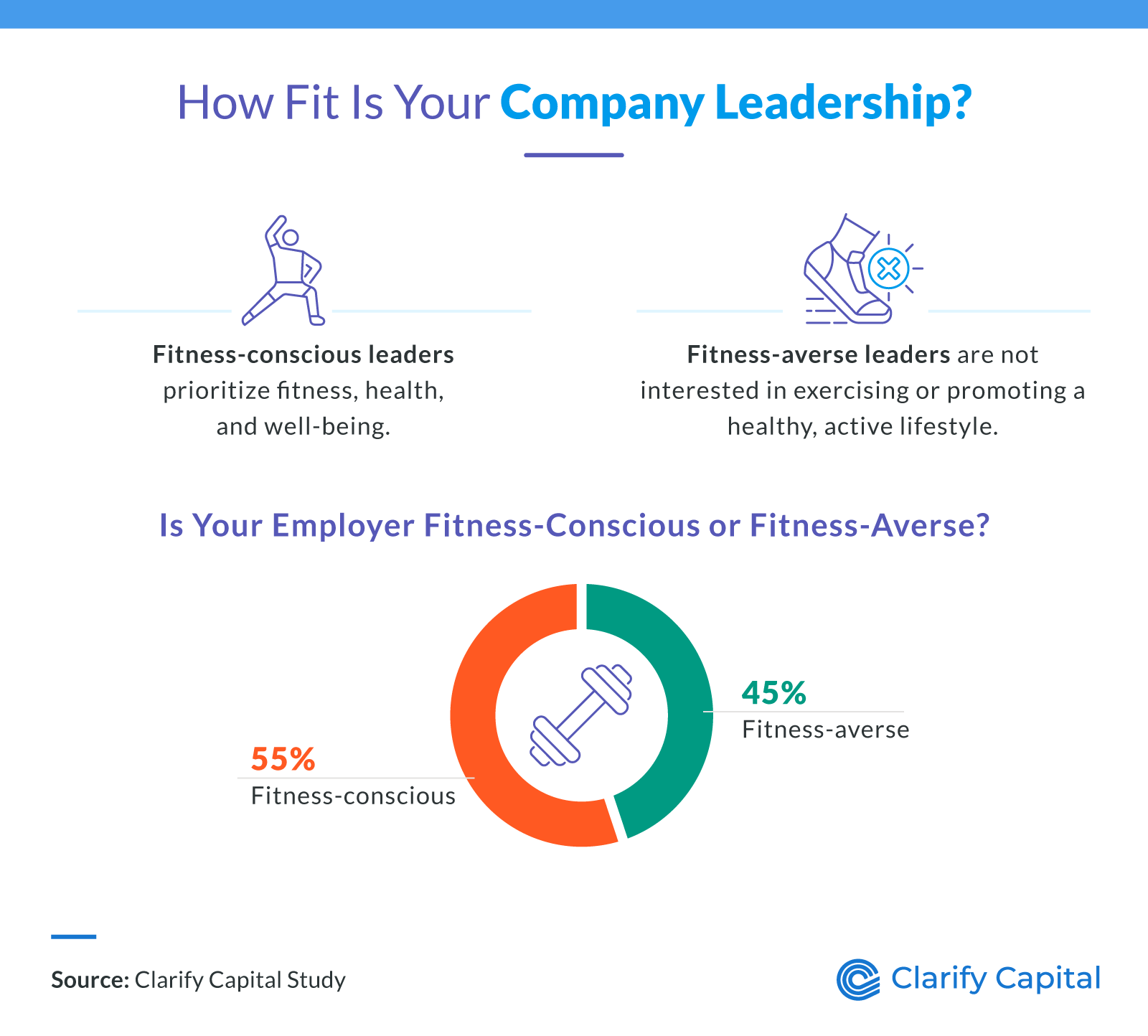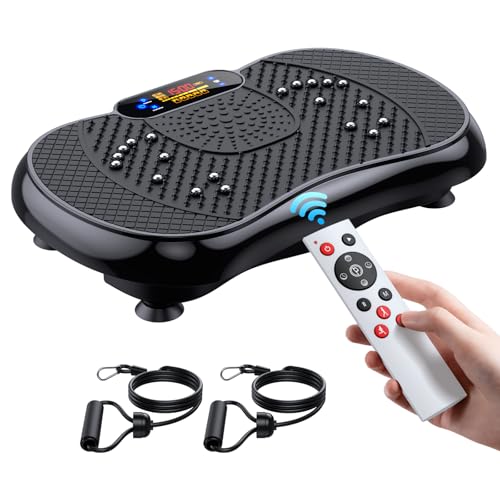Imagine waking up every day feeling energized, focused, and ready to tackle whatever challenges come your way. Picture yourself leading a team, inspiring others with your vitality and enthusiasm.
This is the power of Health Fitness Leadership. It’s not just about personal well-being; it’s about setting an example and motivating those around you to reach their potential. If you’ve ever wondered how your own fitness journey could impact your leadership skills, you’re in the right place.
This article will reveal how embracing health and fitness can transform you into a more effective leader, enhance your productivity, and even elevate your career to new heights. Get ready to discover the secrets of becoming a dynamic leader who thrives on wellness. Are you ready to unlock your full potential? Let’s dive in!
The Role Of A Health Fitness Leader
The role of a health fitness leader is vital in today’s world. They shape the path to better health and fitness. A fitness leader inspires, guides, and supports individuals on their journey. Their influence extends beyond physical training. It includes mental and emotional well-being too. Let’s explore the key components of their role.
Guiding Principles
A health fitness leader follows core principles. These principles guide their actions and decisions. They focus on promoting a healthy lifestyle. The leader encourages balance in all aspects of life. Nutrition, exercise, and rest are key areas of focus. They emphasize consistency over perfection. This approach helps individuals achieve sustainable goals.
Building Trust And Motivation
Trust is essential in any leader’s role. A fitness leader builds trust through transparency and honesty. They listen to the needs of their clients. Understanding these needs helps in creating personalized plans. Motivation plays a crucial role in fitness success. A leader inspires motivation through positive reinforcement. Celebrating small victories boosts confidence and commitment.

Credit: www.ideafit.com
Essential Skills For Fitness Leadership
Health fitness leadership requires more than physical skills. Being a leader means possessing essential interpersonal and personal skills. These skills help guide and motivate others towards better health and fitness. Effective leaders inspire and support their teams, ensuring everyone reaches their fitness goals.
Communication Skills
Clear communication is crucial in fitness leadership. Leaders must express ideas effectively. They need to listen actively and respond with clarity. This fosters trust and cooperation. Good communication helps solve problems quickly. It also ensures everyone understands their roles.
Adaptability And Flexibility
Fitness leaders must adapt to changing situations. They face unexpected challenges daily. Being flexible allows them to handle diverse needs. They adjust plans and strategies as necessary. This skill ensures success despite unforeseen obstacles.
Empathy And Understanding
Empathy is key in fitness leadership. Leaders must understand different perspectives. They need to recognize the struggles of their team. This builds strong relationships. Empathy encourages a supportive environment. It helps leaders connect and motivate effectively.
Creating A Personal Wellness Vision
Crafting a personal wellness vision empowers individuals to lead healthier lives through fitness and leadership. Clear goals and actionable steps enhance motivation, helping individuals take charge of their health journey.
Creating a personal wellness vision is a powerful way to take charge of your health and fitness journey. It’s about imagining the best version of yourself and working towards that goal. This vision acts as a roadmap, guiding you through your health and fitness leadership path. By crafting a clear, personalized vision, you can transform abstract goals into actionable steps.Setting Achievable Goals
Start by identifying what truly matters to you in terms of health and wellness. Do you want to run a marathon, eat healthier, or perhaps reduce stress levels? Be specific about what you want to achieve. Break down these aspirations into smaller, realistic goals. Aiming to lose 10 pounds? Start with a goal of losing one pound per week. This approach makes big dreams seem less daunting and more attainable. Monitor your progress regularly. Adjust your goals as needed to keep them relevant and challenging. Remember, flexibility is key to maintaining motivation and momentum.Developing A Strategic Plan
Once your goals are set, it’s time to create a strategic plan. Consider what steps you need to take to reach your goals. Will you need a new workout routine, a meal plan, or perhaps a mindfulness practice? Organize these steps into a timeline. A simple calendar can help you schedule workouts, meal prep, and even rest days. This ensures consistency and keeps you accountable. Evaluate your plan frequently. Is it working? Are you seeing the progress you hoped for? Use these reflections to refine your strategy, making it more effective and aligned with your wellness vision. Creating a personal wellness vision isn’t just about setting goals. It’s about crafting a lifestyle that supports your well-being and inspires you to lead by example. What steps will you take today to start building your vision?Motivating And Inspiring Others
Leading in health fitness encourages others to adopt healthy habits. This guidance boosts motivation and inspires positive change. Emphasizing well-being creates a supportive community focused on achieving fitness goals together.
Motivating and inspiring others in health fitness leadership is more than just cheering someone on during a workout. It’s about creating an environment where everyone feels valued and supported in their fitness journey. Your influence as a leader can ignite the passion and determination in others to push beyond their limits. This section will explore how you can effectively motivate and inspire those around you, turning individual goals into shared victories.Building A Supportive Community
Creating a supportive community starts with genuine connection. Engage with each person on a personal level. Know their strengths, challenges, and aspirations. Encourage open communication. Let people share their experiences and ideas without fear of judgment. This fosters trust and makes everyone feel included. Organize group activities that promote teamwork. Whether it’s a group hike or a yoga session, these activities strengthen bonds. They also create a sense of belonging. Share success stories within the group. Celebrate milestones and victories, big or small. This not only boosts morale but also builds a culture of encouragement.Using Positive Reinforcement
Positive reinforcement is a powerful tool in motivating others. Acknowledge efforts and progress consistently. Even small achievements deserve recognition. Use specific feedback rather than generic praise. Instead of saying “Good job,” highlight what they did well. This makes your praise more meaningful and impactful. Encourage setting personal goals. Help individuals track their progress and celebrate when they achieve them. This reinforces their commitment and determination. Offer constructive support when setbacks occur. Shift the focus to learning and improvement rather than failure. This mindset helps maintain motivation and resilience. Consider how you can inspire those around you today. What steps will you take to build a stronger community and provide positive reinforcement? Your leadership can be the catalyst for change and growth in others’ fitness journeys.Overcoming Challenges In Fitness Leadership
Fitness leadership demands overcoming challenges. Leaders inspire by setting examples, motivating teams, and adapting to various fitness needs. Building trust and staying informed about health trends are key to success.
Overcoming challenges in fitness leadership is a journey filled with lessons that not only transform you as a leader but also enrich the lives of those you guide. It’s a path that demands resilience and adaptability, often testing your limits. As you navigate through these hurdles, the key lies in your ability to handle setbacks and stay resilient. Let’s dive into these critical aspects of fitness leadership.Handling Setbacks
Setbacks are inevitable in any leadership role, including fitness. They can range from unexpected changes in team dynamics to personal fitness plateaus. When faced with a setback, it’s crucial to assess the situation objectively. This might mean asking yourself what went wrong and how you can adjust your strategy. Think of setbacks as stepping stones rather than roadblocks. They offer valuable insights that can refine your leadership style. Imagine being prepared for the next hurdle just because you took the time to learn from the previous one.Staying Resilient
Resilience is the backbone of effective fitness leadership. It’s not just about bouncing back; it’s about learning and adapting. Engage your team in finding solutions. Encourage open communication to foster a supportive environment. This not only builds trust but also enhances resilience collectively. Consider setting small, achievable goals to maintain motivation. It’s easier to stay resilient when you see progress, however small it might be. Remember that resilience is a skill you can strengthen over time. How do you maintain your resilience when times get tough? Your ability to answer this can shape your leadership journey. In overcoming challenges, your growth as a leader is not just about mastering fitness; it’s about embracing the obstacles that come your way.
Credit: clarifycapital.com
Integrating Technology In Fitness Leadership
In the world of health fitness leadership, technology plays a crucial role. It helps leaders guide, motivate, and inspire individuals toward a healthier lifestyle. Technology can transform fitness strategies, making them more effective and engaging. From fitness apps to wearables, technology offers tools to track progress, set goals, and stay motivated. These innovations provide valuable insights, helping leaders tailor fitness plans to individual needs. Integrating technology not only improves outcomes but also makes fitness more accessible and enjoyable.
Utilizing Fitness Apps
Fitness apps have become a staple in health fitness leadership. They offer a variety of features to help with exercise routines and nutrition plans. Users can choose from a range of workouts, track calories, and monitor hydration. Many apps provide personalized plans based on individual fitness levels. They also offer reminders and motivational messages to keep users on track. This makes it easier for leaders to support their clients’ fitness journeys.
Tracking Progress With Wearables
Wearables like smartwatches and fitness trackers are essential in modern fitness leadership. These devices monitor physical activity, heart rate, and sleep patterns. They provide real-time feedback, helping users understand their progress. Leaders can use this data to adjust fitness plans and ensure goals are met. Wearables also motivate users by showing tangible results. Seeing progress encourages individuals to stay committed to their fitness goals.
Sustaining Long-term Wellness
Health fitness leadership fosters sustained wellness by encouraging balanced routines and mindful living. Strong guidance helps individuals adopt healthy habits, promoting both physical and mental well-being. This leadership inspires communities to prioritize long-term health goals and support one another in their wellness journey.
Sustaining long-term wellness isn’t just about setting goals; it’s a journey that requires ongoing commitment and adaptability. Embracing health fitness leadership means taking charge of your wellness path and guiding others along the way. It’s about building habits that become second nature, ensuring your health doesn’t just survive—it thrives. How do you keep the momentum going on this lifelong journey?Maintaining Consistency
Consistency is the cornerstone of lasting wellness. Small, daily actions accumulate over time to create significant change. Setting a specific time for your workouts or meal prep can help establish a routine. Think about the times you’ve succeeded before—what habits did you maintain? Use those insights to craft a schedule that fits seamlessly into your life. Even on tough days, showing up for yourself is a win. Make it easy for yourself to stay on track. Keep your workout gear accessible and prep simple meals that you enjoy. Remember, consistency doesn’t mean perfection; it means persistence.Celebrating Milestones
Recognizing achievements, no matter how small, can fuel your motivation. Did you hit a new personal best in your run? Celebrate it! It’s these milestones that keep the journey exciting. Consider setting both short-term and long-term goals. Short-term goals might include drinking a certain amount of water each day or trying a new vegetable each week. Long-term goals could be completing a fitness challenge or maintaining a healthy weight range for six months. Reflect on your progress and reward yourself in meaningful ways. This could be treating yourself to a new book, taking a day trip, or simply enjoying a quiet moment of pride. Celebrating these moments makes the journey worthwhile and encourages you to keep pushing forward. How do you plan to celebrate your next wellness milestone?
Credit: www.glowfoundationglobal.org
Frequently Asked Questions
Who Is The Ceo Of Health Fitness?
The current CEO of Health Fitness is Paul Lotharius. He leads the company with a focus on wellness.
What Is Fitness Leadership?
Fitness leadership involves guiding individuals or groups to achieve their health goals. Leaders motivate and educate on effective exercise and wellness strategies. They create positive environments, inspire commitment, and foster personal growth in fitness. Effective leaders adapt to diverse needs, ensuring everyone reaches optimal health outcomes.
Who Owns Health Fitness?
Health Fitness is owned by Trustmark, a company specializing in employee benefits and health management services. Trustmark acquired Health Fitness Corporation to enhance its wellness and fitness offerings. This acquisition allows Health Fitness to provide comprehensive health solutions to its clients.
What Is The Role Of Leadership In Healthcare?
Leadership in healthcare guides teams, improves patient care, and ensures efficient operations. Leaders inspire staff, foster innovation, and maintain quality standards. They drive organizational goals, enhance communication, and manage resources effectively. Strong leadership is crucial for adapting to changes and improving healthcare outcomes.
Conclusion
Leading in health fitness requires dedication and a positive mindset. Small daily actions can build strong habits. Stay consistent and focus on your goals. Encourage others to join your fitness journey. Sharing experiences can inspire and motivate. Remember, every step counts towards a healthier lifestyle.
Build a community of support and accountability. Together, you can achieve amazing results. Prioritize self-care and well-being for lasting success. Your leadership can make a real difference. Keep learning and adapting as you grow. Embrace the challenges and celebrate your progress.
Health fitness leadership is a rewarding journey for everyone involved.




